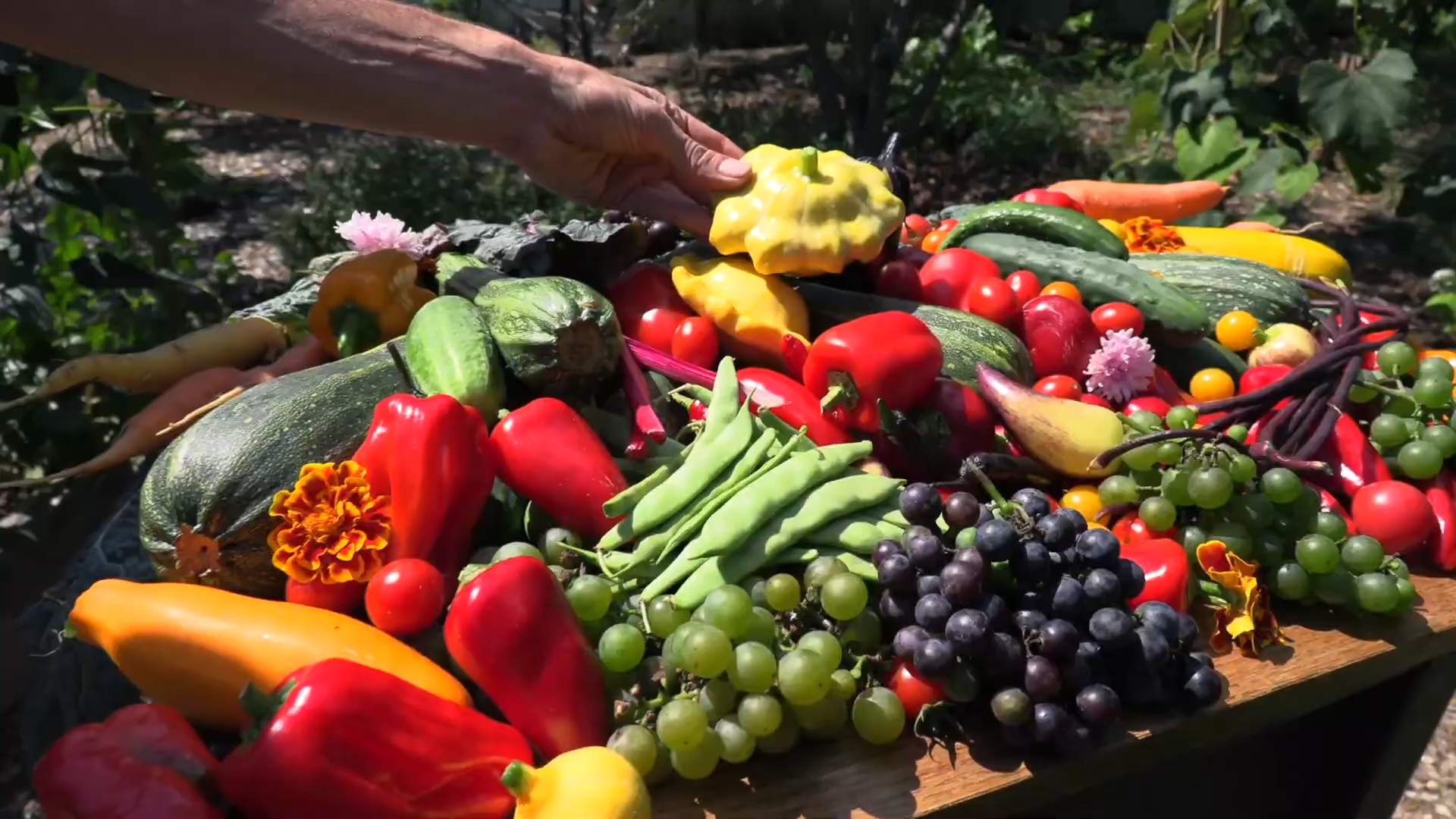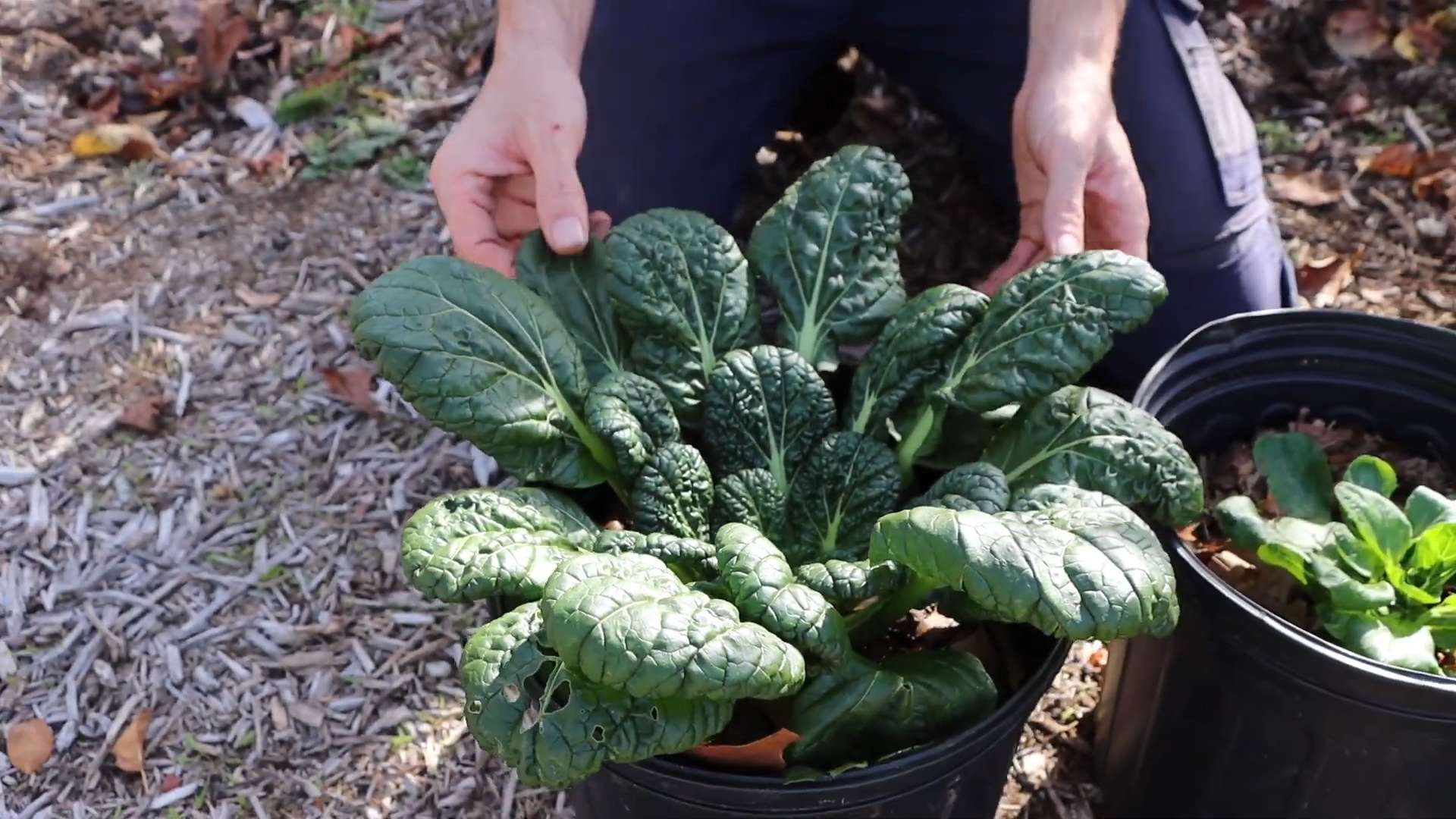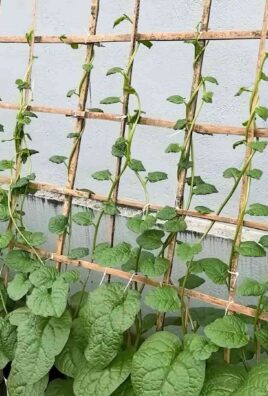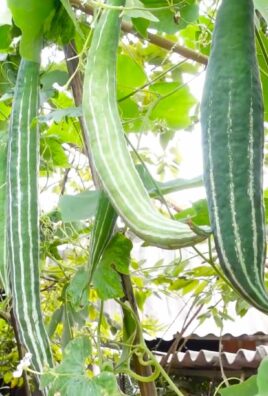Winter gardening crops might seem like an oxymoron, a whimsical dream for those of us yearning for fresh, homegrown goodness during the frosty months. But I’m here to tell you, it’s not only possible, it’s incredibly rewarding! Imagine stepping outside your back door in the dead of winter and harvesting crisp lettuce, vibrant spinach, or even hearty kale. No more relying solely on supermarket produce shipped from who-knows-where!
For centuries, resourceful gardeners in colder climates have employed clever techniques to extend their growing season. From simple cold frames to innovative row covers, the history of winter gardening is a testament to human ingenuity and our deep-seated connection to the land. Think about it – our ancestors relied on these skills for survival, ensuring a steady supply of food even when the landscape was blanketed in snow.
In today’s world, winter gardening crops offer more than just sustenance. They provide a sense of accomplishment, a connection to nature, and a way to eat healthier, more sustainable food. Plus, let’s be honest, there’s something incredibly satisfying about defying the elements and nurturing life when everything else seems dormant. This DIY guide is packed with simple, effective tricks and hacks that will empower you to transform your garden into a winter wonderland of edible delights. So, grab your gloves, and let’s get growing!

DIY Winter Gardening: Grow Your Own Food All Season Long!
Hey there, fellow gardening enthusiasts! Don’t let the frosty weather keep you from enjoying fresh, homegrown produce. With a little planning and some simple techniques, you can keep your garden thriving even during the coldest months. I’m going to walk you through everything you need to know to create a successful winter garden.
Choosing the Right Crops
The key to winter gardening is selecting plants that can tolerate cold temperatures and shorter days. Here’s a list of some of my favorite winter-hardy vegetables:
* **Leafy Greens:** Spinach, kale, lettuce (especially cold-hardy varieties like ‘Winter Density’ or ‘Arctic King’), arugula, chard, and mustard greens. These are generally quick to mature and can withstand light frosts.
* **Root Vegetables:** Carrots, beets, turnips, parsnips, radishes, and winter radishes (like daikon). Root vegetables store energy underground, making them more resilient to cold.
* **Brassicas:** Broccoli, cauliflower, cabbage, Brussels sprouts, and kale. These are cold-tolerant but may need protection during severe freezes.
* **Alliums:** Garlic, onions, leeks, and shallots. These can be planted in the fall for a spring harvest.
* **Other Vegetables:** Peas (planted in late summer/early fall), fava beans, and some varieties of Asian greens like bok choy and mizuna.
Important Tip: Always check the specific variety of each vegetable to ensure it’s suitable for your local climate and winter conditions.
Preparing Your Garden for Winter
Proper preparation is crucial for a successful winter garden. Here’s what I do to get my garden ready:
* **Soil Preparation:** Amend your soil with plenty of compost or well-rotted manure. This will improve drainage, add nutrients, and help retain moisture. Aim for a slightly acidic to neutral pH (around 6.0-7.0).
* **Location, Location, Location:** Choose a sunny spot in your garden that receives at least 6 hours of sunlight per day. South-facing locations are ideal.
* **Clear Debris:** Remove any dead or decaying plant matter from your garden beds. This will help prevent the spread of diseases and pests.
* **Mulch, Mulch, Mulch:** Apply a thick layer of mulch (straw, shredded leaves, wood chips) around your plants. Mulch helps insulate the soil, retain moisture, suppress weeds, and protect plant roots from freezing temperatures.
* **Consider Raised Beds:** Raised beds warm up faster than in-ground gardens and provide better drainage, making them ideal for winter gardening.
Protecting Your Plants from the Cold
Even cold-hardy plants need some protection during the coldest periods of winter. Here are a few methods I use:
* **Row Covers:** These lightweight fabric covers protect plants from frost, wind, and pests. They’re easy to install and can significantly extend your growing season.
* **Cold Frames:** These mini-greenhouses provide a more substantial layer of protection. You can build your own cold frame using scrap wood and old windows, or purchase a pre-made kit.
* **Cloches:** These bell-shaped covers protect individual plants from frost and wind. You can use glass jars, plastic containers, or even milk jugs with the bottoms cut out.
* **Greenhouses:** If you’re serious about winter gardening, a greenhouse is a great investment. It provides the best protection from the elements and allows you to grow a wider variety of plants.
* **Watering Wisely:** Water your plants in the morning on warmer days. Avoid watering in the evening, as this can lead to frost damage.
Step-by-Step Guide to Planting Your Winter Garden
Okay, let’s get down to the nitty-gritty! Here’s a step-by-step guide to planting your winter garden:
1. **Choose Your Crops:** Select the vegetables you want to grow based on your climate and personal preferences. Remember to choose cold-hardy varieties.
2. **Start Seeds Indoors (Optional):** For some vegetables, like broccoli, cauliflower, and cabbage, it’s best to start seeds indoors 6-8 weeks before the first frost. This will give them a head start and increase your chances of a successful harvest.
3. **Prepare Your Garden Beds:** Amend your soil with compost or manure, clear any debris, and apply a layer of mulch.
4. **Plant Your Seeds or Transplants:** Follow the spacing recommendations on the seed packet or plant label.
5. **Water Thoroughly:** Water your plants well after planting.
6. **Protect Your Plants:** Install row covers, cold frames, or cloches to protect your plants from the cold.
7. **Monitor and Maintain:** Check your plants regularly for pests, diseases, and signs of stress. Water as needed and fertilize with a balanced organic fertilizer.
8. **Harvest Your Bounty:** Harvest your vegetables as they mature. Regular harvesting will encourage continued growth.
Specific Planting Instructions for Popular Winter Crops
Let’s dive into some specific planting instructions for a few of my favorite winter crops:
Spinach
* **Planting Time:** Late summer to early fall.
* **Soil:** Well-drained, fertile soil with a pH of 6.0-7.0.
* **Spacing:** 1-2 inches between plants, 12 inches between rows.
* **Sunlight:** Full sun to partial shade.
* **Watering:** Keep the soil consistently moist.
* **Harvest:** Harvest outer leaves as needed, leaving the inner leaves to continue growing.
Kale
* **Planting Time:** Late summer to early fall.
* **Soil:** Well-drained, fertile soil with a pH of 6.0-7.5.
* **Spacing:** 12-18 inches between plants.
* **Sunlight:** Full sun to partial shade.
* **Watering:** Keep the soil consistently moist.
* **Harvest:** Harvest outer leaves as needed, leaving the inner leaves to continue growing. Kale actually tastes sweeter after a frost!
Carrots
* **Planting Time:** Late summer to early fall.
* **Soil:** Loose, well-drained soil free of rocks and debris.
* **Spacing:** 1-2 inches between plants, 6 inches between rows.
* **Sunlight:** Full sun.
* **Watering:** Keep the soil consistently moist.
* **Harvest:** Harvest when carrots reach desired size.
Garlic
* **Planting Time:** Fall (October-November).
* **Soil:** Well-drained, fertile soil with a pH of 6.0-7.0.
* **Spacing:** 6 inches between cloves, 12 inches between rows.
* **Sunlight:** Full sun.
* **Watering:** Water well after planting.
* **Harvest:** Harvest in late spring or early summer when the leaves begin to turn yellow and brown.
Lettuce
* Planting Time: Late summer to early fall. Succession planting every 2-3 weeks will ensure a continuous harvest.
* Soil: Well-drained, fertile soil with a pH of 6.0-7.0.
* Spacing: 6-12 inches between plants, depending on the variety.
* Sunlight: Full sun to partial shade.
* Watering: Keep the soil consistently moist.
* Harvest: Harvest outer leaves as needed, or harvest the entire head at once.
Dealing with Pests and Diseases
Even in winter, pests and diseases can still be a problem. Here are a few tips for dealing with them:
* **Inspect Your Plants Regularly:** Check your plants regularly for signs of pests or diseases.
* **Remove Infested Leaves:** If you find any infested leaves, remove them immediately.
* **Use Organic Pest Control Methods:** Consider using organic pest control methods, such as insecticidal soap or neem oil.
* **Ensure Good Air Circulation:** Good air circulation can help prevent fungal diseases.
* **Practice Crop Rotation:** Rotate your crops each year to prevent the buildup of soilborne diseases.
Extending Your Harvest
Want to keep your winter garden going even longer? Here are a few tips:
* **Succession Planting:** Plant new crops every few weeks to ensure a continuous harvest.
* **Cold Frames and Greenhouses:** Use cold frames or greenhouses to protect your plants from the coldest temperatures.
* **Harvesting Techniques:** Harvest outer leaves of leafy greens, leaving the inner leaves to continue growing.
* **Overwintering:** Some plants, like kale and Brussels sprouts, can be overwintered and will continue to produce in the spring.
Troubleshooting Common Winter Gardening Problems
Even with the best planning, you might encounter some challenges. Here are some common problems and how to address them:
* **Slow Growth:** If your plants are growing slowly, it could be due to lack of sunlight, cold temperatures,

Conclusion
So, there you have it! Mastering the art of winter gardening crops doesn’t have to be a daunting task. With this simple yet effective DIY trick, you can extend your growing season and enjoy fresh, homegrown produce even when the snow is falling. This isn’t just about saving money; it’s about connecting with nature, understanding the rhythms of the seasons, and savoring the unparalleled flavor of vegetables you’ve nurtured yourself.
This method offers a significant advantage over relying solely on store-bought produce during the winter months. Not only are you reducing your carbon footprint by minimizing transportation, but you’re also ensuring that you’re consuming vegetables at their peak nutritional value. Store-bought produce, often shipped from distant locations, can lose vital nutrients during transit and storage.
But the benefits extend beyond just the practical. There’s a unique satisfaction that comes from harvesting your own food, especially when the rest of the world seems dormant. It’s a reminder of the resilience of nature and the potential for growth even in the harshest conditions.
Consider these variations to personalize your winter gardening experience:
* Cold Frames: For a more robust setup, build or purchase a cold frame. These enclosed structures provide even greater protection from the elements, allowing you to grow a wider variety of winter crops.
* Row Covers: Lightweight row covers can be used in conjunction with this DIY trick to provide an extra layer of insulation and protect against frost.
* Companion Planting: Research companion plants that thrive in winter conditions and can benefit your chosen crops. For example, planting garlic near your leafy greens can help deter pests.
* Vertical Gardening: If space is limited, explore vertical gardening techniques to maximize your growing area.
Don’t be afraid to experiment and adapt this DIY trick to suit your specific climate and growing conditions. The key is to provide your plants with adequate protection from the cold, sufficient sunlight, and proper watering.
We wholeheartedly encourage you to give this DIY trick a try. It’s a rewarding and sustainable way to enjoy fresh, healthy vegetables throughout the winter months. And most importantly, we want to hear about your experiences! Share your successes, your challenges, and any variations you’ve discovered in the comments below. Let’s build a community of winter gardening enthusiasts and learn from each other. Your insights could inspire others to embark on their own winter gardening journey. Let’s prove that with a little ingenuity, we can all enjoy the bounty of the earth, even in the depths of winter. So, grab your tools, gather your seeds, and get ready to experience the joy of winter gardening crops like never before!
Frequently Asked Questions (FAQ)
What exactly are “winter gardening crops”?
Winter gardening crops are vegetables and herbs that are specifically adapted to tolerate cold temperatures and shorter daylight hours. These plants can continue to grow and produce even during the winter months, providing a source of fresh produce when other plants are dormant. Common examples include kale, spinach, lettuce, arugula, Swiss chard, collard greens, garlic, onions, and certain varieties of carrots and beets. The specific crops that will thrive in your area will depend on your local climate and the severity of the winter.
What is the ideal temperature range for winter gardening crops?
The ideal temperature range varies depending on the specific crop, but generally, most winter gardening crops can tolerate temperatures down to freezing (32°F or 0°C). Some, like kale and spinach, can even withstand temperatures slightly below freezing. However, prolonged exposure to extremely cold temperatures can damage or kill even the hardiest winter crops. The DIY trick described in this article aims to moderate the temperature around the plants, preventing them from experiencing the full brunt of the winter weather. Maintaining a temperature above 20°F (-6.7°C) is generally recommended for most winter crops.
How much sunlight do winter gardening crops need?
Winter gardening crops require at least 6 hours of sunlight per day to thrive. However, during the winter months, sunlight is often limited and less intense. Therefore, it’s crucial to choose a location for your winter garden that receives maximum sunlight exposure. South-facing locations are generally ideal. You can also supplement natural sunlight with grow lights if necessary, especially in regions with very short days or frequent cloud cover. Reflective surfaces, such as white walls or reflective mulch, can also help to increase the amount of light reaching your plants.
What kind of soil is best for winter gardening crops?
Well-draining soil that is rich in organic matter is essential for winter gardening crops. The soil should be able to retain moisture without becoming waterlogged, as waterlogged soil can lead to root rot, especially in cold weather. Amend your soil with compost, aged manure, or other organic materials to improve its drainage, fertility, and water-holding capacity. A slightly acidic to neutral soil pH (around 6.0 to 7.0) is generally ideal for most winter crops.
How often should I water my winter gardening crops?
Watering frequency will depend on the weather conditions and the type of soil you have. Generally, winter gardening crops require less frequent watering than summer crops, as the cooler temperatures and shorter days reduce evaporation. Water deeply but infrequently, allowing the soil to dry out slightly between waterings. Avoid overwatering, as this can lead to root rot. Check the soil moisture regularly by sticking your finger into the soil. If the top inch of soil feels dry, it’s time to water. Water in the morning to allow the foliage to dry before nightfall, which can help prevent fungal diseases.
What are some common pests and diseases that affect winter gardening crops, and how can I prevent them?
Common pests that can affect winter gardening crops include aphids, slugs, and snails. Diseases such as powdery mildew and downy mildew can also be a problem, especially in humid conditions. To prevent pests and diseases, practice good garden hygiene. Remove any dead or decaying leaves, as these can harbor pests and diseases. Ensure good air circulation around your plants by spacing them properly. Use organic pest control methods, such as insecticidal soap or neem oil, to control pests. Prevent fungal diseases by avoiding overhead watering and ensuring good drainage.
Can I grow winter gardening crops in containers?
Yes, many winter gardening crops can be successfully grown in containers. Choose containers that are large enough to accommodate the root systems of your chosen crops. Ensure that the containers have drainage holes to prevent waterlogging. Use a high-quality potting mix that is well-draining and rich in organic matter. Place the containers in a location that receives maximum sunlight exposure. Container gardening allows you to easily move your plants to a more sheltered location during periods of extreme cold.
How do I harvest winter gardening crops?
Harvest winter gardening crops as needed, starting with the outer leaves of leafy greens. This allows the plants to continue producing new leaves. Harvest root crops, such as carrots and beets, when they reach the desired size. Harvest garlic and onions when the tops begin to turn yellow and fall over. Avoid harvesting frozen plants, as this can damage the tissues. Allow frozen plants to thaw before harvesting.
What if I don’t have a garden? Can I still use this DIY trick?
Absolutely! Even if you don’t have a traditional garden, you can still use this DIY trick to grow winter gardening crops in containers on a balcony, patio, or even indoors with the help of grow lights. The key is to provide your plants with the necessary sunlight, water, and protection from the cold.
How can I share my winter gardening experience with others?
We encourage you to share your winter gardening experience with us and other readers in the comments section below. Share your successes, your challenges, and any variations you’ve discovered. You can also share photos of your winter garden on social media using relevant hashtags, such as #wintergardening, #growyourown, and #DIYgardening. Let’s inspire others to embark on their own winter gardening journey!





Leave a Comment